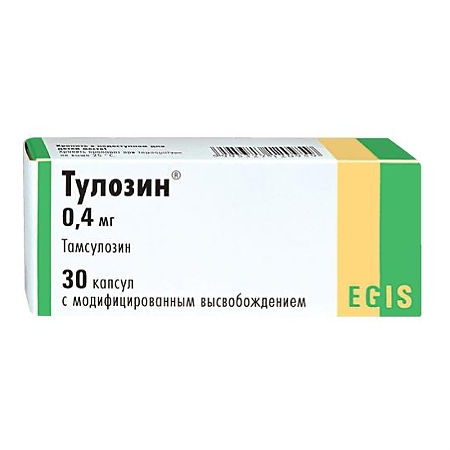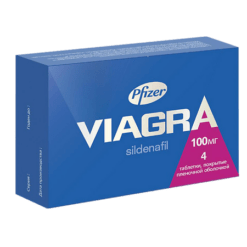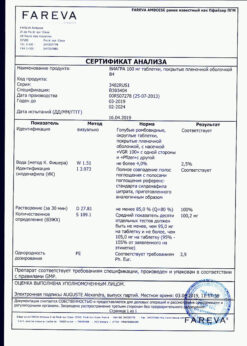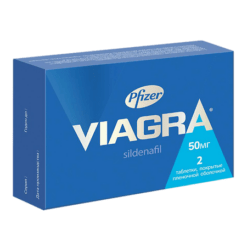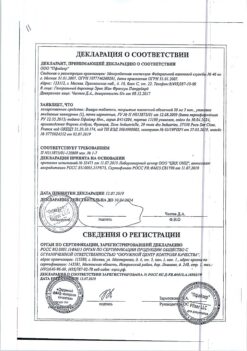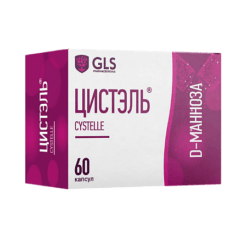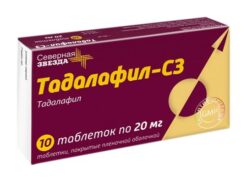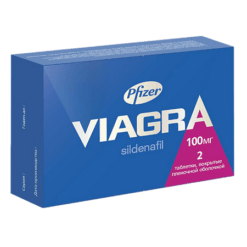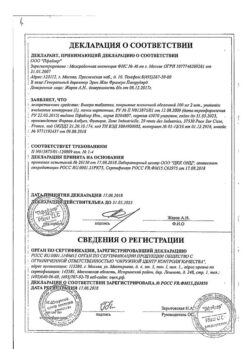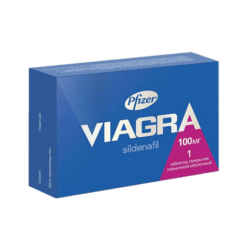No products in the cart.
Tulosin, 400 mcg 30 pcs
€1.00
Out of stock
(E-mail when Stock is available)
Description
Pharmacodynamics
. Tamsulosin selectively and competitively blocks postsynaptic α1A-adrenoreceptors located in the smooth muscles of the prostate, bladder neck and prostatic part of the urethra, as well as α1D-adrenoreceptors, mainly located in the bladder body. This leads to decrease of tone of the smooth muscles of the prostate, bladder neck and prostatic part of the urethra and improvement of detrusor function. Due to this, symptoms of obstruction and irritation associated with benign prostatic hyperplasia are decreased. As a rule, therapeutic effect develops 2 weeks after the beginning of therapy, although some patients show reduction of symptoms after the first dose.
The ability of tamsulosin to affect α1A-adrenoreceptors is 20 times greater than its ability to interact with α1B-adrenoreceptors, which are located in vascular smooth muscle. Due to this high selectivity, the drug does not cause any clinically significant decrease in systemic BP both in patients with arterial hypertension and in patients with normal baseline BP.
Pharmacokinetics
Intake. After oral administration, tamsulosin is rapidly and almost completely absorbed from the gastrointestinal tract. The bioavailability of the drug is about 100%.
After a single oral administration of the drug the Cmax of the active substance in plasma is reached after 6 hours.
Immediate absorption of tamsulosin decreases immediately after meals. The uniformity of absorption increases if the patient takes the drug every day after the same meal.
In equilibrium state (after 5 days of a course of administration) the Cmax values of the active substance in plasma are 60-70% higher than the Cmax after a single dose of the drug.
Distribution. Binding to plasma proteins is 99%. Tamsulosin has negligible volume of distribution (approximately 0.2 l/kg).
Metabolism. Tamsulosin undergoes virtually no first-pass effect and is slowly biotransformed in the liver to form pharmacologically active metabolites that remain highly selective to αlA-adrenoreceptors. None of the metabolites is more active than the parent substance. Most of the active substance is present in the blood unchanged.
Dose adjustment is not required in patients with hepatic impairment.
Extraction. Tamsulosin and its metabolites are primarily excreted by the kidneys, with approximately 9% of the dose excreted unchanged.
The T1/2 of tamsulosin in single administration is 10 hours; after repeated administration it is 13 hours; the final elimination half-life is 22 hours.
In case of impaired renal function the drug dose does not need to be specified.
Indications
Indications
Treatment of functional symptoms of benign prostatic hyperplasia (BPH).
Active ingredient
Active ingredient
Composition
Composition
1 modified-release capsule contains:
the active ingredient:
Tamsulosin hydrochloride 0.4 mg (equivalent to 0.367 mg of tamsulosin)
excipients:
MCC, 213 mg;
Calcium stearate, 5 mg;
Methacrylic acid and ethyl acrylate copolymer (1:1) (in the form of 30% aqueous dispersion solution) – 11.5 mg
pellet shell:
Methacrylic acid and ethyl acrylate copolymer (1:1) (in the form of 30% aqueous dispersion solution), 9.2 mg; talc, 4.6 mg; triethylcitrate, 0.9 mg; Tween 80 (Polysorbate 80), 0.4 mg,
capsule base: Indigo carmine, 0.1143%; quinoline yellow, 0.3476%; gelatin, 100%
Capsule cap: indigo carmine, 0.0512%; quinoline yellow, 0.0344%; titanium dioxide, 1.6%; gelatin, 100%
How to take, the dosage
How to take, the dosage
Tulosin is taken orally, after meals. 400 mcg (1 capsule) per day. The capsules are taken after the first meal with plenty of water. The capsule should not be crushed or chewed.
Interaction
Interaction
Concomitant use of cimetidine increases plasma levels of tamsulosin; furosemide decreases its plasma levels. However, in both cases these levels remain within therapeutically active levels, and the dosage should not be changed.
Diclofenac and indirect anticoagulants slightly increase the excretion rate of tamsulosin.
The concomitant use of tamsulosin with other α1-adreno-blockers and other BP lowering drugs may lead to markedly increased hypotensive effect.
No interaction has been found in concomitant use of tamsulosin with atenololol, enalapril, nifedipine or theophylline.
Plasma concentrations of tamsulosin were not altered in the presence of diazepam, trichloromethiazide, amitriptyline, diclofenac, glibenclamide, simvastatin or warfarin.
Tamsulosin also did not alter concentrations of diazepam, propranololol, trichloromethiazide, or chlormadinone.
Special Instructions
Special Instructions
Tamsulosin should be used with caution in patients with a predisposition to orthostatic hypotension because, as with other alpha1-adrenoblockers, some patients may experience a decrease in BP during treatment, which may sometimes lead to fainting. If the first signs of orthostatic hypotension (dizziness or weakness) occur, the patient should be seated or laid down until the symptoms disappear.
Before initiating therapy with the drug, the patient should be examined to rule out the presence of other diseases that may cause the same symptoms as BPH. A finger rectal examination and, if required, a prostate-specific antigen (PSA) determination should be performed before starting treatment and regularly during therapy.
In patients with significant renal impairment (creatinine Cl less than 10 ml/min), the drug should be used with caution because this group of patients has not been studied.
Impact on the ability to drive a car or perform work requiring increased speed of physical and mental reactions. During treatment, caution should be exercised when driving motor vehicles and engaging in other potentially hazardous activities requiring increased concentration and rapid psychomotor reactions.
Contraindications
Contraindications
Hypersensitivity to tamsulosin hydrochloride or any other component of Tulosin.
With caution: chronic renal insufficiency (decrease of creatinine Cl below 10 ml/min); arterial hypotension (including orthostatic); severe hepatic insufficiency.
Side effects
Side effects
The most common side effects (1-10%) are dizziness, drowsiness, or insomnia.
Rare (0.1-1%) – headache, decreased visual acuity, rhinitis, nausea, vomiting, diarrhea or constipation, retrograde ejaculation, asthenia, decreased libido, back pain.
Extremely rare (0.01-0.1%): orthostatic hypotension, tachycardia, palpitations, chest pain, fainting, hypersensitivity reactions (skin rash, itching, urticaria, angioedema).
Overdose
Overdose
No cases of acute overdose have been described.
Symptoms: acute hypotension is theoretically possible.
Treatment: the patient should be laid down to restore BP and normalize heart rate. Cardiotropic therapy should be given. Renal function should be monitored and general supportive therapy should be used.
If symptoms persist, volumetric replacement solutions or vasoconstrictors should be administered. Gastric lavage, administration of activated charcoal, or osmotic laxatives may be used to prevent further absorption of tamsulosin. Dialysis is ineffective, since tamsulosin is firmly bound to blood plasma proteins.
Additional information
| Shelf life | 5 years |
|---|---|
| Conditions of storage | At a temperature not exceeding 25 °C |
| Manufacturer | EGIS, Hungary |
| Medication form | slow-release capsules |
| Brand | EGIS |
Related products
Buy Tulosin, 400 mcg 30 pcs with delivery to USA, UK, Europe and over 120 other countries.

